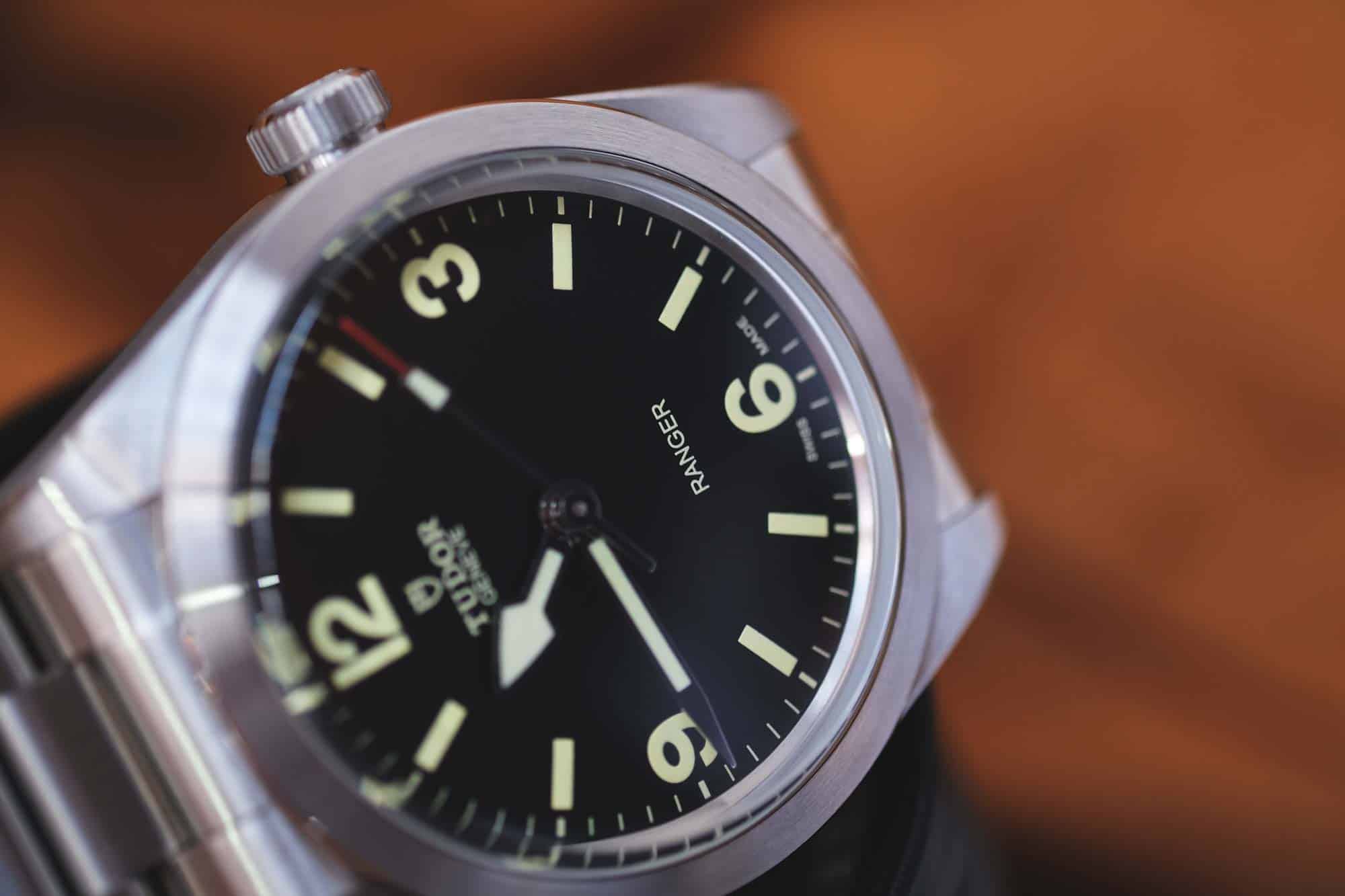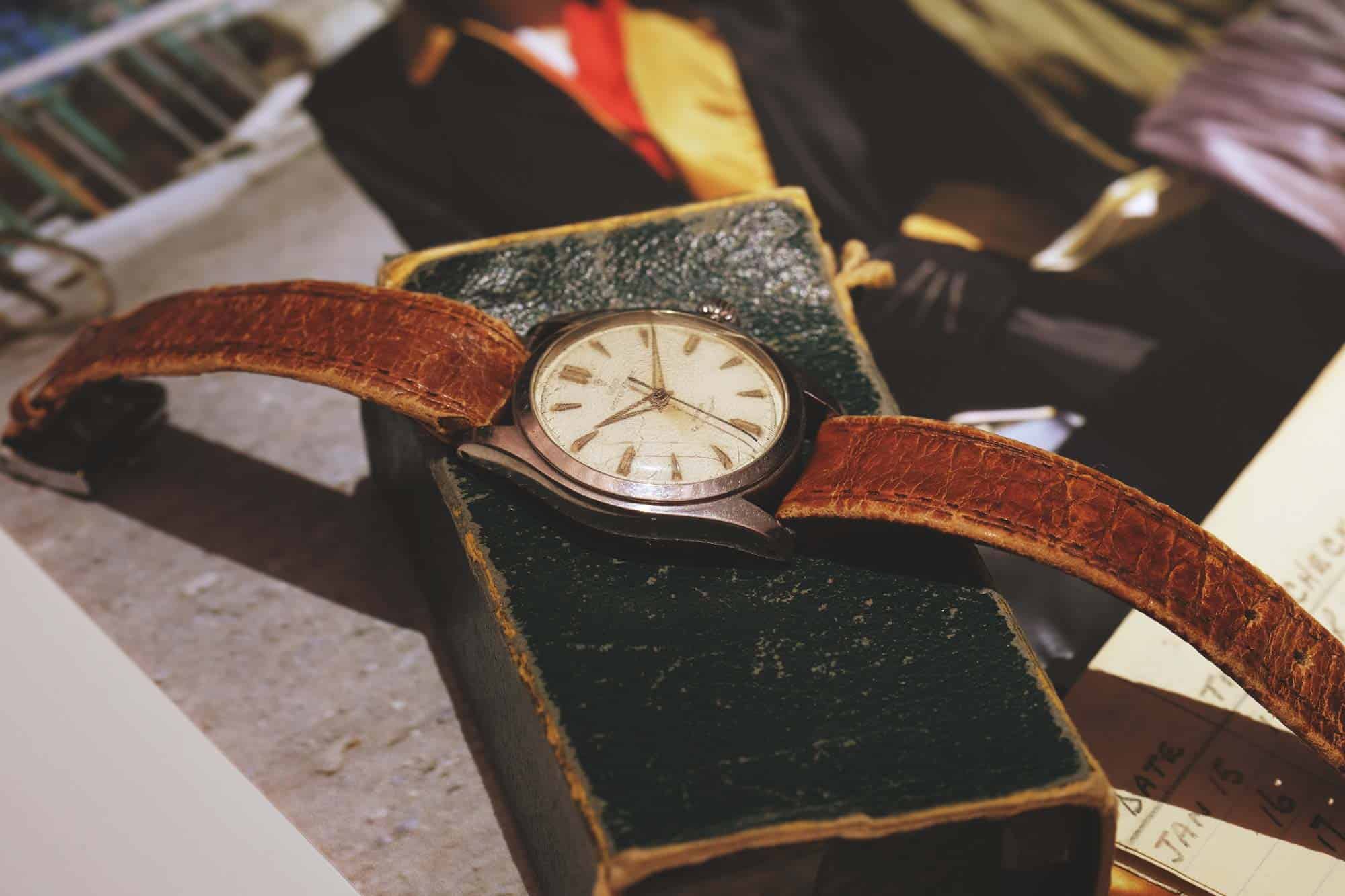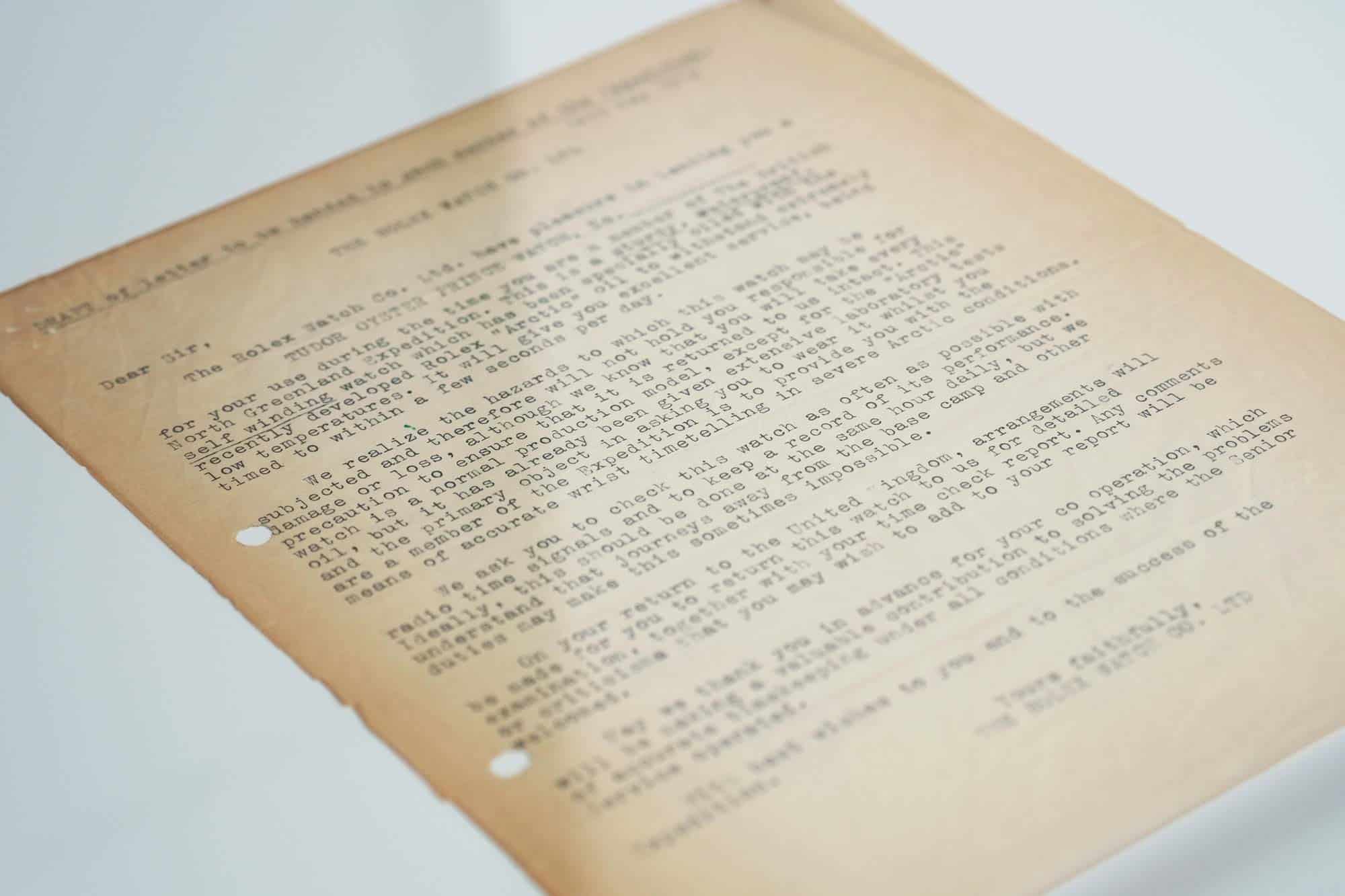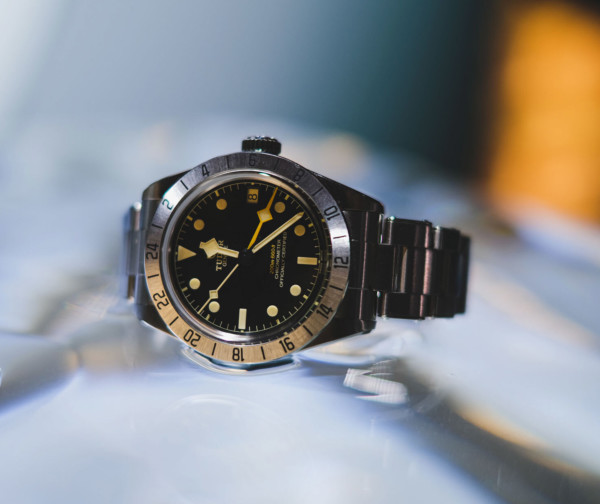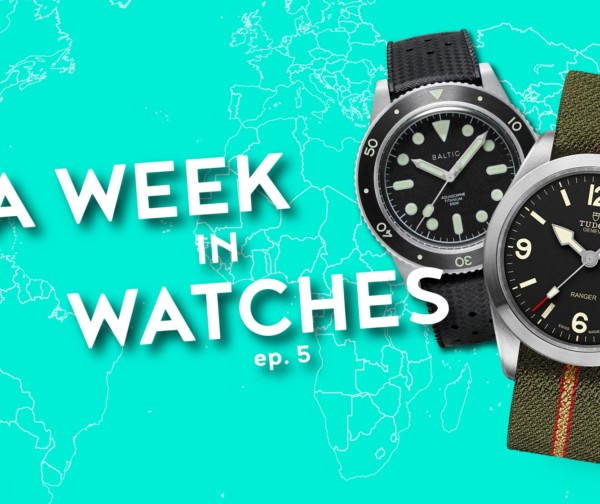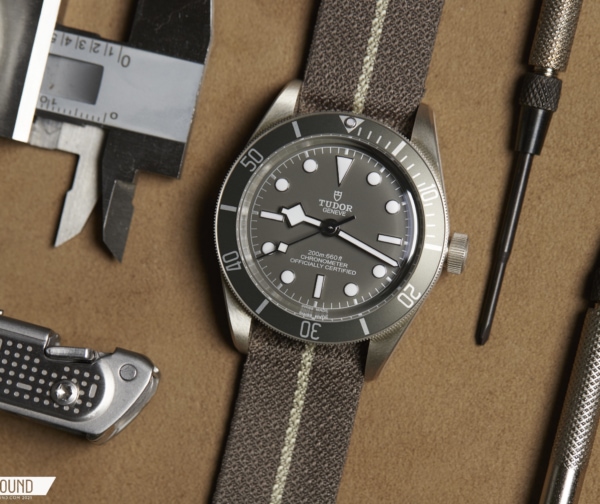The Tudor Ranger is back in 39mm and features their in-house caliber. I know. You’ve already seen the watch, read the press releases and other posts, and probably about a thousand comments on social media about what’s right and wrong. Well, I’m not going to reiterate all of that. But I am here to give you some general hands-on impressions of the watch, as I had the chance to spend some time with it, address (subjectively) some of the critiques I’ve seen pop up so far, and briefly tell you about the launch.
I was in London for the launch of the Ranger on July 8th. As you’ve likely read, Tudor hosted the event there in order to commemorate the 70th anniversary (to the day) of the beginning of the British North Greenland Expedition, and Tudor’s role in that adventure. It was an elegant event at the Tobacco Dock venue, which started in a reception room with a scaled-down “Weasel” as a welcoming party. No, this wasn’t an angered animal or Pauly Shore, but rather a land tank of sorts that was used on the BNGE exploration, with large treads for use on snow. Think something you’d find on Hoth, but painted bright orange.

A quick walk down a tunnel with white fabric cut in arcs to simulate an icy terrain led to the first of two party rooms. The fabric continued up and around the space, diffusing the light and giving the room an ethereal quality. This room was a shrine to the BGNE, with displays around the perimeter of photos and original archival pieces under glass. In the center displayed under a skylight was the only remaining watch from the expedition. Lost for years, it was found only recently to Tudor’s great pleasure. A dress watch by today’s standard but, clearly, a highly capable watch, the Oyster Prince ref. 7909’s slight demeanor belied its significance.
A few speeches were made, including a truly entertaining recount of the mission and its significance by Dr. Alexy Karenowska, an Oxford Historian. This led to the grand reveal and a quick shuffling of bodies into the next room, which had been effectively hidden behind curtains. Here, Christophe Chevalier, from Tudor’s PR arm, announced the new 39mm Tudor Ranger. The size, the movement, the price… all exciting developments after the retirement of the 2014 Tudor Ranger. Watches appeared along the perimeter of the room, and quickly those of us with cameras slipped into the shadows to get our first shots and to get the watches in hand.









 Featured Videos
Featured Videos




